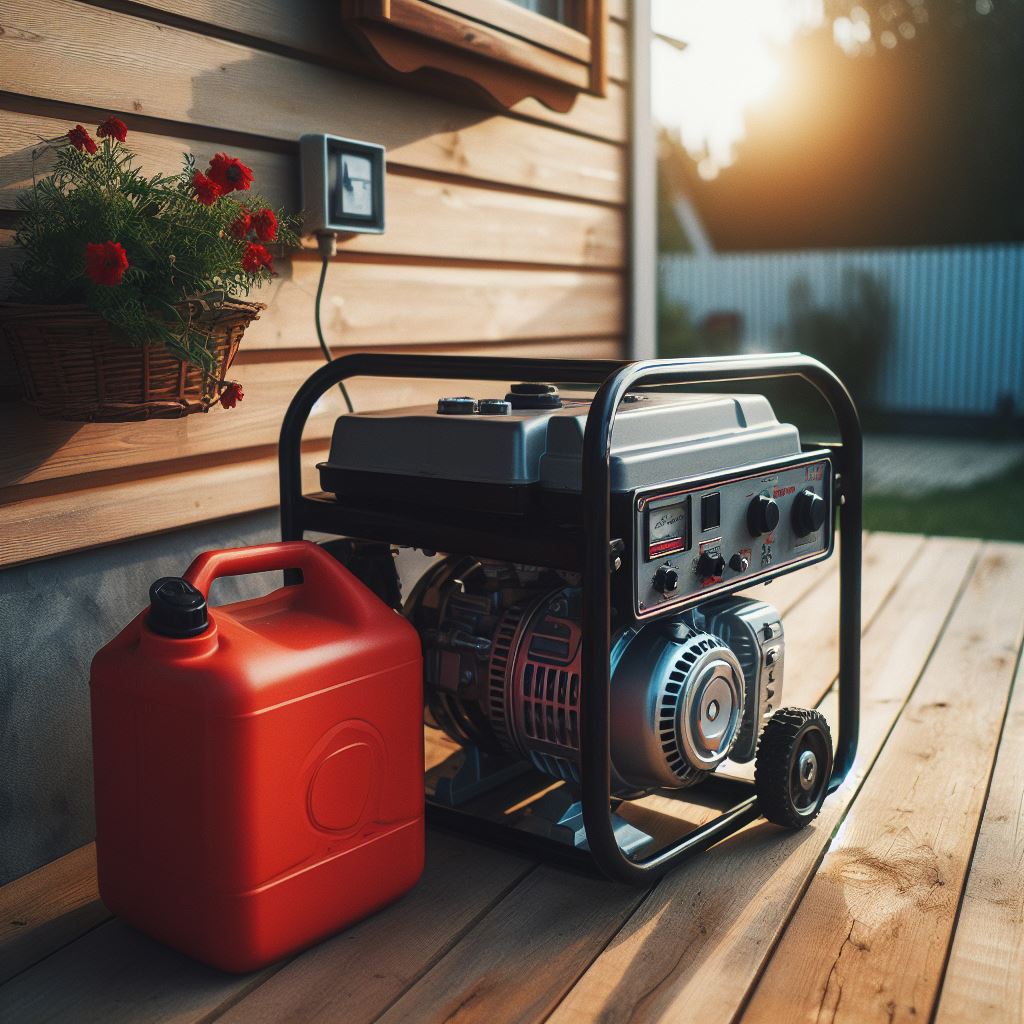When the power goes out, a generator can be a lifesaver—keeping the lights on, preserving your food, and ensuring essential appliances continue to run. However, improper use of a generator can lead to overloading, which can damage the generator, appliances, and even pose a fire hazard. Here’s how to safely and efficiently use your generator without overloading it.
- Understand Your Generator’s Capacity
Before using your generator, determine its wattage capacity. Generators are rated in watts, which indicate how much power they can supply. You’ll typically see two ratings:
Running Watts (Continuous Power): The amount of power the generator can provide consistently.
Starting Watts (Surge Power): The extra power needed to start certain appliances, like refrigerators or air conditioners.
Check the user manual or label on your generator to confirm these numbers.
- Prioritize Essential Appliances
Make a list of the devices you need to power and their wattage requirements. Common wattage estimates include:
Refrigerator: 600-800W (starting wattage may be higher)
Space heater: 1,500W
TV: 100-400W
LED lights: 10-20W per bulb
Laptop: 50-100W
By prioritizing only necessary appliances, you can avoid exceeding the generator’s capacity.
- Use a Wattage Calculator
To ensure you don’t overload your generator, add up the running wattage of all devices you plan to power. Factor in any additional starting wattage for appliances that require it. Many generator manufacturers provide online wattage calculators to help with this.
- Follow Proper Load Management
Instead of plugging in everything at once, stagger the startup of appliances. For example, allow your refrigerator to start and stabilize before turning on a space heater or microwave. This prevents a sudden surge that could trip the generator’s circuit breaker.
- Use Heavy-Duty Extension Cords
If you’re running appliances via extension cords, ensure they are rated for generator use. Undersized cords can overheat, reducing efficiency and increasing the risk of fire. Look for cords labeled 12-gauge or 10-gauge for best performance.
- Don’t Use the Generator at Full Capacity Continuously
Running a generator at full capacity for extended periods can cause overheating and shorten its lifespan. Aim to keep usage at 80% or below of its maximum wattage to ensure longevity and safe operation.
- Maintain Proper Ventilation
An overloaded generator may overheat, but poor ventilation makes it even worse. Place the generator outside in an open area, away from windows and doors, to ensure proper airflow and prevent carbon monoxide buildup.
- Consider a Transfer Switch
A manual transfer switch installed by a professional allows you to safely connect your generator to your home’s electrical panel. This helps distribute power evenly and prevents accidental overloads that can occur with multiple extension cords.
- Regularly Check Fuel Levels and Oil
Low fuel or oil levels can strain a generator, making it work harder than necessary. Check and refill fuel as needed, and change the oil according to the manufacturer’s recommendations.
- Know the Warning Signs of Overload
Be aware of these signs that your generator is struggling:
Flickering or dimming lights
Strange noises or vibrations
Overheating or shutdowns
Circuit breakers tripping
If you notice any of these issues, unplug some appliances and restart the generator.
Final Thoughts
A generator is a valuable tool during a power outage, but overloading it can cause costly damage and safety risks. By understanding its capacity, managing loads effectively, and maintaining proper operation, you can ensure your generator runs safely and efficiently when you need it most.
Stay prepared, stay safe, and keep the power flowing!

